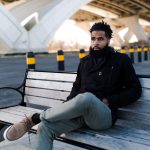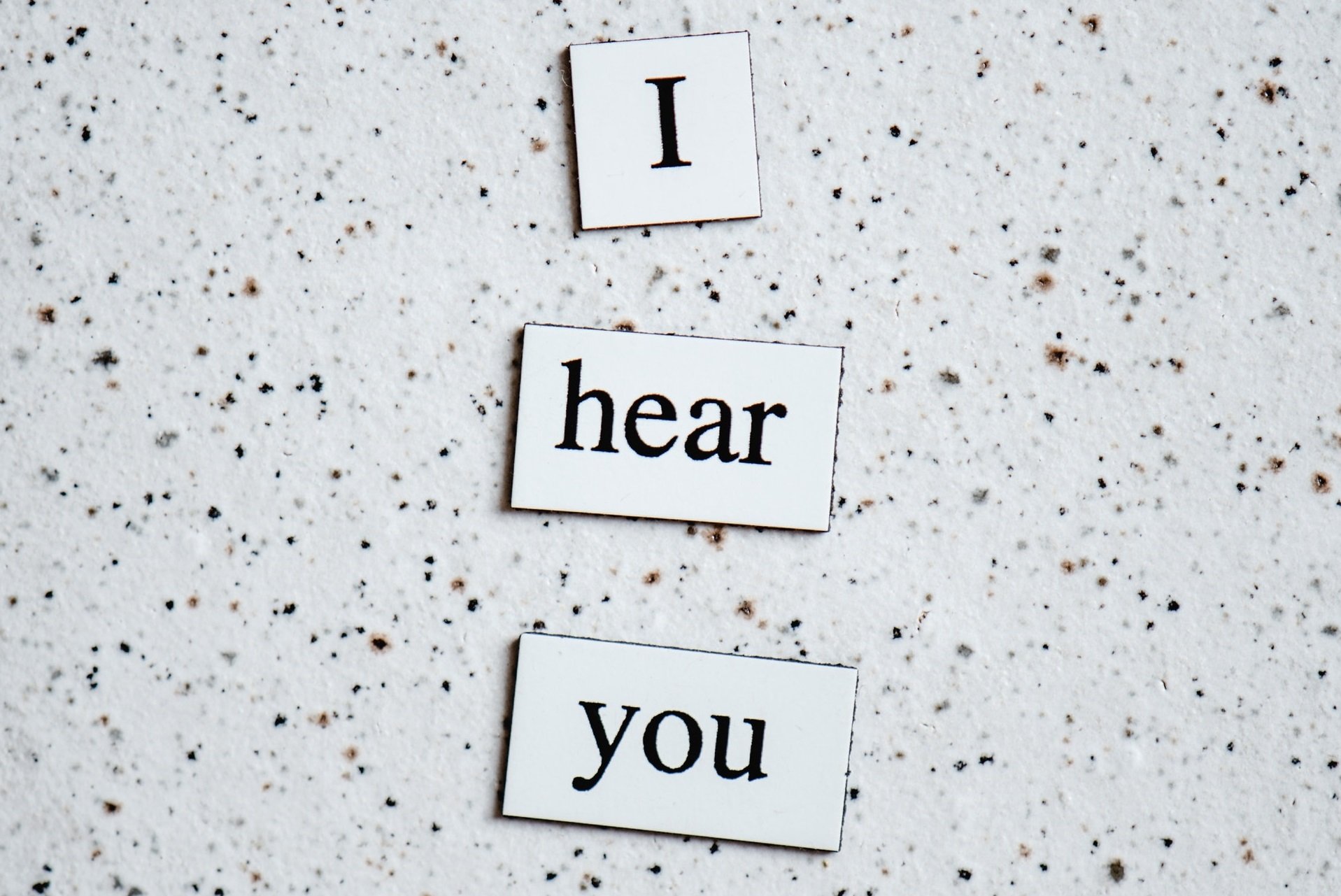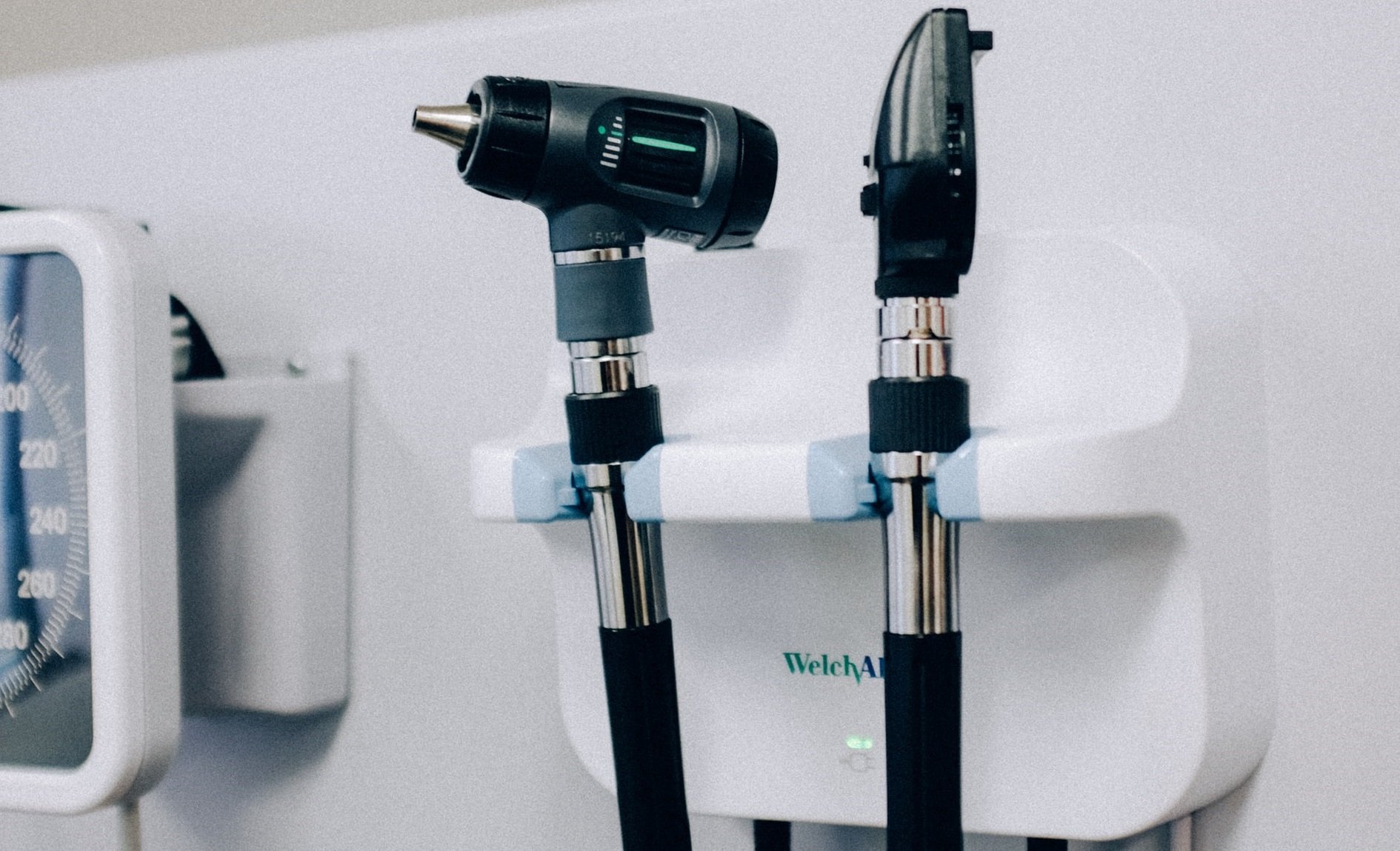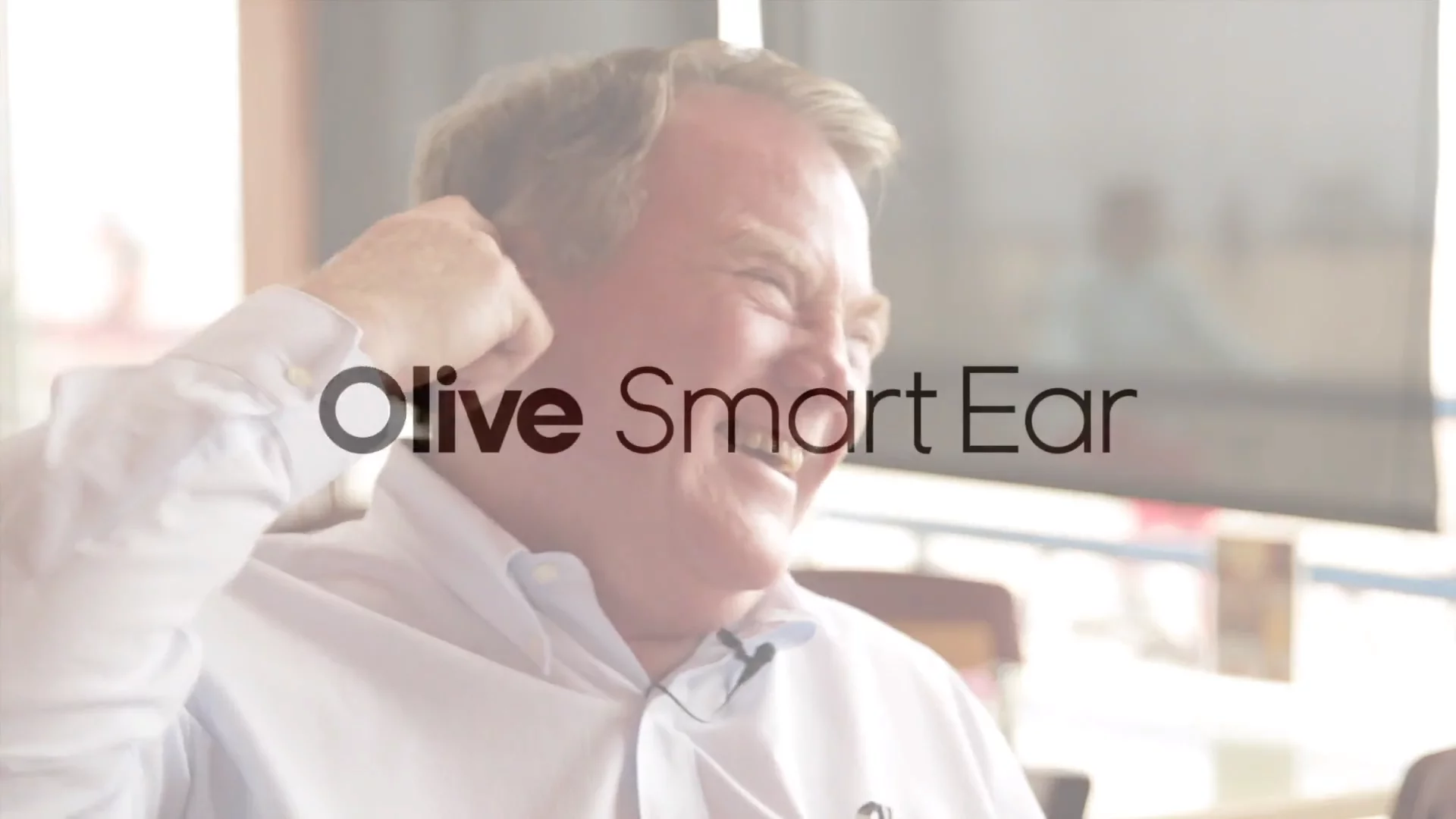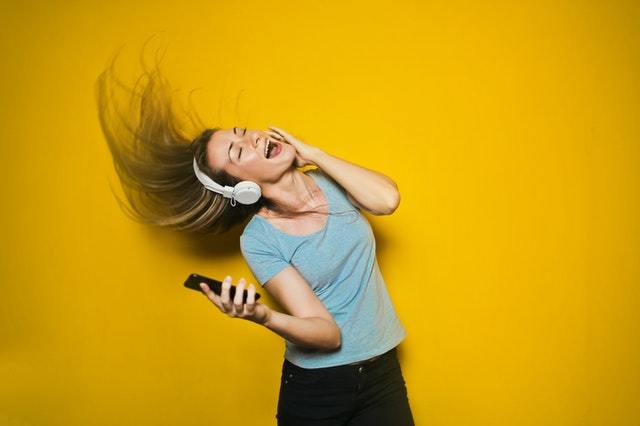
Hearing is an amazing sense that enables us to take in the sounds around us, savor music, and communicate with others. When someone suffers hearing loss, they can’t enjoy sounds they once took for granted, interactions with loved ones become increasingly difficult and can result in feelings of isolation. Taking care of your hearing health should be just as important as your heart and overall body health.
Contents
Hearing Loss Happens at All Ages
Although people from different generations have a hard time seeing eye to eye, one thing that all generations have in common is hearing loss. Primarily due to noise exposure, hearing loss is also affected by drugs, medications, and lifestyle choice. The environment around us has a big impact on our auditory health, which is why it has affected all generations differently over the years.
For instance, many parents of Baby Boomers (those born between 1901 and 1945) have or had impaired hearing due to experiencing prolonged exposure to loud noises due to serving on the battlefield during World War II or working in factories. It was during this time that the first portable hearing aid was invented and produced. Baby Boomers (born between 1946 and 1964) are famous for experimenting with drugs such as LSD and PCP, both of which elevate blood pressure and can harm the auditory system. The genesis of rock and roll occurred during this period as well, and loud concerts or blaring speakers caused noise-induced hearing loss (NIHS). It’s no surprise that it’s the Baby Boomers that greatly improved hearing aid technology used by the previous generation.
So, hearing loss isn’t just about age. It’s a combination of many things, and it shouldn’t be thought of as an “old person’s problem”.
The Stigma of Hearing Aids
Although you would think that the high price tag of most commercially-available hearing aids would be the major deterrent to people experiencing hearing loss, it’s not. The stigma associated with hearing aids is another big reason that prevents people from waiting an average of ten years before seeking treatment for their hearing problems. An estimated 48 million Americans are affected by hearing loss, yet only approximately 20 percent of people with hearing loss seek treatment.
Many people feel that using a hearing aid or being seen with one in their ear is a sign of old age and weakness. Fortunately, the technology of hearing aids and PSAPs (personal sound amplification products) is constantly improving, and they are being designed smaller and less noticeable, and also in stylish designs. It doesn’t hurt that in our modern society, devices in our ears such as bluetooth receivers and earbuds are now commonplace, so having something in your ear no longer looks as strange as it once did. That’s a good thing, because more and more people are probably going to need hearing aids as younger and younger people are experiencing increased damage to their hearing.
Hearing Loss and Younger Generations
Presbycusis is the term for natural hearing loss that occurs as one ages, the onset of which is usually around the age of 65. However, more and more studies are showing that hearing loss is occurring in younger and younger people. These days, we have access to constant streams of audio information from the TV, internet, video games, and other sources. Not surprisingly, hearing loss in adolescents today is estimated to be as much as 30 percent higher than in adolescents during the 1980s and 1990s. It is estimated that one out of every five adolescents today has impaired hearing. The most likely culprit? The care-free use of earbuds at dangerous volume levels. In the 1980s and 1990s portable music devices like Walkman and later CD players were commonplace, but the headphones were worn outside of the ears and the sound quality wasn’t that great.
Today’s iphones, ipods, and other digital devices deliver much more advanced sound. At full volume, they can produce the same decibel level as a live concert. Earbuds literally amplify this danger to our ears, for two reasons. First, compared to traditional headphones, earbuds sit in the ear canal which decreases the distance from the noise source to the eardrum. This closeness to the eardrum can cause an increase of seven to nine decibels (that’s a lot!). Second, traditional headphones surround the ear and block outside sound to a certain degree. Earbuds don’t do that, thus there is an increased tendency for users to turn up the volume to block out the unwanted sound, further endangering their auditory health and risking permanent damage. Exposure to high levels of noise can induce hearing loss in as little as eight minutes of exposure, and that loss is permanent because the damaged hair cells in the inner ear never grow back.
Protection is Key to Preventing Early Hearing Loss
Protecting your hearing health is so important that, in 1981, OSHA (Occupational Safety and Health Administration) instituted standards for hearing health. Employers must have a hearing conservation program in place if workplace noise exceeds 85 decibels over an eight hour period. We will all experience hearing loss as we age, but noise-induced hearing loss is preventable.
Here are some tips to protect your hearing:
- If you’re going to use a digital music player, avoid earbuds and use traditional headphones. Keep the volume at a reasonable level.
- A good rule of thumb is that if you’re listening to headphones you should still be able to have a conversation with someone standing three feet from you. If you can’t, the volume is set much too high and you’re likely damaging your hearing.
- Any sound over 85 decibels has the potential to cause irreversible hearing loss. When you’re using tools or machinery that generate noise, such as lawnmowers, chain saws (any power saw), or vacuums, wear hearing protection such as earplugs or earmuffs.
- If you attend a concert or go to a music club, you’d look a bit odd wearing earmuffs, so opt for the earplugs. Trust us, you’ll be able to hear the music just fine and your older self will thank you for your foresight.
Check out more information on healthy hearing and how to protect it here.
The information in this guide has been written using the following reliable sources:
https://www.ncbi.nlm.nih.gov/pmc/articles/PMC2878102/
https://www.cdc.gov/nceh/hearing_loss/how_do_i_prevent_hearing_loss.html
https://www.osha.gov/sites/default/files/2018-12/fy10_sh-21001-10_Trainee_Worksheets-Ears.pdf
https://www.osha.gov/SLTC/noisehearingconservation/
https://www.noisyplanet.nidcd.nih.gov/have-you-heard/nidcd-director-talks-earbuds-hearing-loss

